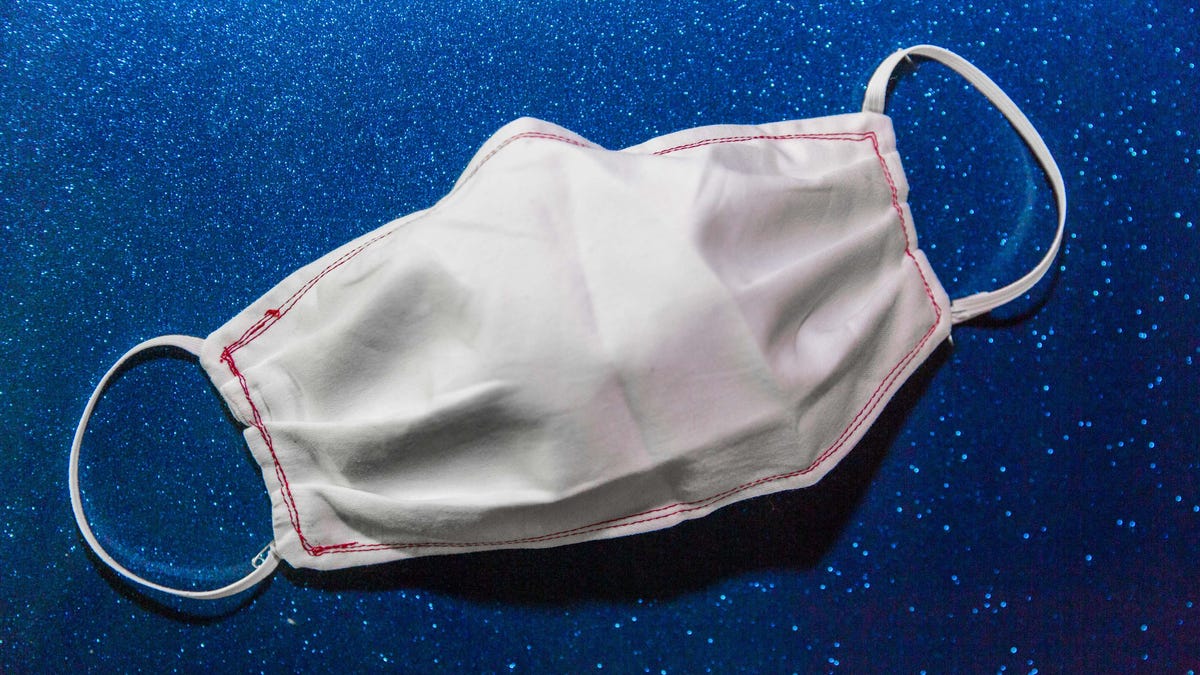Facial recognition designed to detect around face masks is failing, study finds
Every algorithm saw increases in error rates once masks came into the picture.

Algorithms designed specifically for face masks are getting stumped, researchers found.
Many facial recognition companies have claimed they can identify people with pinpoint accuracy even while they're wearing face masks, but the latest results from a study show that the coverings are dramatically increasing error rates.
In an update Tuesday, the US National Institute of Standards and Technology looked at 41 facial recognition algorithms submitted after the COVID-19 pandemic was declared in mid-March. Many of these algorithms were designed with face masks in mind, and claimed that they were still able to accurately identify people, even when half of their face was covered.
In July, NIST released a report noting that face masks were thwarting regular facial recognition algorithms, with error rates ranging from 5% to 50%. NIST is widely considered the leading authority on facial recognition accuracy testing, and expected algorithms to improve on identifying people in face masks.
That day has yet to come, as every algorithm experienced marginal increases in error rates once masks came into the picture. While some algorithms still had accuracy overall, like Chinese facial recognition company Dahua's algorithm error rate going from 0.3% without masks to 6% with masks, others had error rates increasing up to 99%.
Coronavirus updates
Rank One, a facial recognition provider used in cities like Detroit, had an error rate of 0.6% without masks, and a 34.5% error rate once masks were digitally applied. In May, the company started offering "periocular recognition," which claimed to be able to identify people just off their eyes and nose.
Rank One CEO Brendan Klare said the company wasn't able to submit that algorithm to NIST because of the agency's limit to one submission per organization.
"Thus, the NIST mask study does not reflect our ability to perform identification in the presence of masks," Klare said in an email.
Trueface, which is used in schools and on Air Force bases, saw its algorithm error rate go from 0.9% to 34.8% once masks were added. The company's CEO, Shaun Moore, told CNN on Aug. 12 that its researchers were working on a better algorithm for detecting beyond masks.
He told CNET that the algorithm graded by NIST was not trained with face masks in mind, but the company was making improvements.
"Since our latest submission to NIST, we have made meaningful improvements in our algorithm's ability to identify individuals wearing a mask by training with more mask data and have deployed this technology in the real world," Moore said in an email. "As masks become more of an everyday protection tool, we will continue to invest resources to improve our technology's ability to correctly identify all people, ensuring equal performance for all ethnicities and gender."
While every facial recognition algorithm suffered a higher error rate once masks got added, some error rates were as low as 3%, indicating that it's not impossible for algorithms to identify people even when their faces are covered.
Face masks are proven tools for limiting the novel coronavirus' spread, and governments around the world have mandated people wear coverings to reduce the outbreak's impact. Health experts expect the majority of people will need to continue wearing masks for years, pushing facial recognition companies to improve their algorithms.
NIST has an ongoing report on how masks have affected facial recognition algorithms, using 6 million images from its database, and digitally adding a mask onto the photos.
It's possible that the error rates could be higher if NIST used real photos of people in masks, rather than a digitally added covering, since physical masks may have different shading, textures and patterns that also confuse algorithms.

